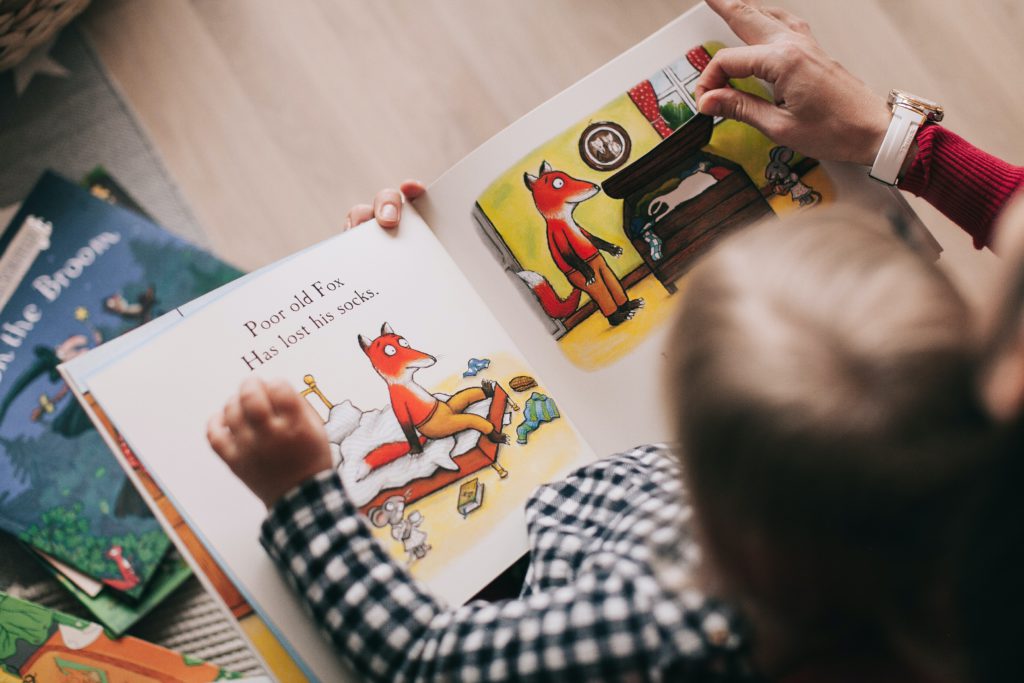
Writing a story for children is a special and rewarding task. Children’s literature has the power to spark imagination, teach values, and create lasting memories. Whether you’re a professional author or a first-time writer, crafting a compelling children’s story is a unique art that requires creativity, empathy, and an understanding of the children’s mindset. In this blog post, we’ll explore some essential tips to help you write a story that captivates and resonates with children.
Know Your Audience
Understanding your intended audience is the first and most important stage in producing a children’s narrative. The interests and reading levels of children vary greatly depending on their age. Consider the age range for which you’re writing, and modify your story accordingly. Consider their language, comprehension abilities, and emotional development at that point. A story for preschoolers, for example Peppa Pig series, will be very different from one for middle-grade readers like the Wimpy Kid by Jeff Kinney. Understanding the age of your target audience is essential to create a children’s narrative that matches their interests and cognitive development.
Craft Relatable Characters
Characters that are memorable are at the center of any outstanding children’s narrative. Create personalities, feelings, and motivations for your characters. Children should be able to sympathize and relate to them. Characters that are well-developed can impart essential lessons and engage young readers on a personal level. Consider your characters’ hopes, anxieties, and dreams to make them believable and likable.
Choose a Compelling Plot
A clear, compelling plot that keeps children turning the pages is essential in children’s books. Concentrate on a straightforward and relevant problem or obstacle that the main character must overcome. This conflict may be internal (for example, dealing with anxieties or emotions) or external (for example, a quest or adventure). Make sure the pacing is appropriate for the age group and keeps their attention throughout the story.
Engage All Senses
Children have active imaginations and enjoy stories that engage their senses. Using sensory language, describe locales and experiences so that young readers may envision, hear, smell, and feel the environment of the novel. Using various senses enhances the immersion and enjoyment of the story.
Teach Valuable Lessons
Many children’s stories contain excellent life lessons. Whether it’s about friendship, kindness, perseverance, or the value of honesty, incorporating a moral into your narrative can make it more significant for young readers. However, it is critical to do it quietly and organically, without coming across as sanctimonious.
Use Age-Appropriate Language
Your language and vocabulary should be appropriate for the age group you’re targeting. Keep sentences and terminology simple for younger readers, while older readers can manage more complicated language. To make the story relatable and entertaining, consider age-appropriate topics, comedy, and cultural references.
Add Illustrations
Illustrations play an important role in relaying the story in many children’s books. Working with a good illustrator may help bring your characters and surroundings to life, making the story even more engaging. Make sure the illustrations suit the content and add to the overall experience.
Read Aloud and Revise
Before you finish your children’s story, read it aloud to them. This will assist you in identifying any odd sentences, pacing problems, or plot flaws. Reading aloud also helps you to experience the story through the eyes of a youngster, allowing you to make appropriate alterations.
Conclusion
Writing a story for children is a fun creative adventure that allows you to inspire, entertain, and make a lasting impression on young brains. You can create a captivating children’s story that will be cherished by future generations by understanding your audience, creating relatable characters, developing a compelling plot, engaging the senses, incorporating valuable lessons, using age-appropriate language, adding illustrations, and revising diligently. So, take a pen and a notebook and begin weaving your way through the beautiful world of children’s books now!

